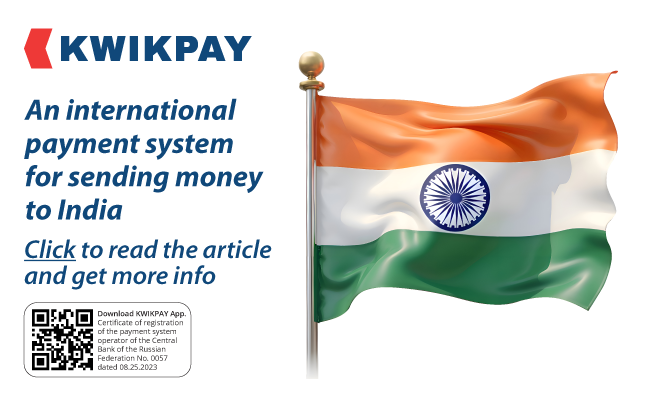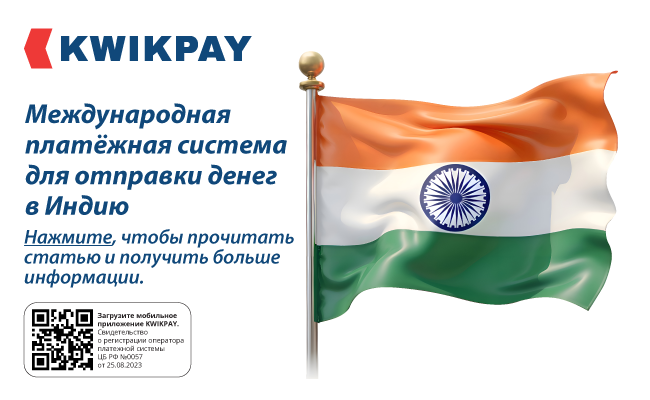






How many catastrophic forecasts and expert opinions were there from the luminaries of economic science and practice regarding the consequences of the "crazy" Trumponomics 2.0, when in the spring of 2025 the dashing blond once again occupied the White House.
Kenneth Rogoff: "Trump 2.0 begins where Trump 1.0 left off—with distortions, convoluted logic, and the associated risk of major policy mistakes."
Steven Rattner, advisor to the Treasury Secretary in the Obama administration: "While Trumponomics 1.0 had serious flaws (like handing out tax breaks to businesses and the wealthy, increasing the deficit), Trumponomics 2.0 is simply awful. On tariffs, immigration, and regulation, Mr. Trump will continue the alarming trends of his first term. The U.S. will sink even deeper into misguided protectionism with new trade wars. Businesses and the wealthy will be enriched by lower taxes and increasingly freed from oversight. Legal immigration will be reduced. And we will continue pumping carbon dioxide into the atmosphere, deliberately holding back our thriving clean energy sector."
A little later, on the memorable Trumpian "Liberation Day" of April 2, the panic-stricken ecstasy of liberal economists reached Himalayan heights.
Michael Spence, Nobel laureate in economics, honorary professor of economics at Stanford University: "Some regions of the U.S. will face shortages of imported goods, especially from Asian countries. More broadly, aggregate demand is likely to be suppressed as virtually every economic actor, including firms, investors, and households, adopts a 'wait-and-see' approach to investment and consumption."
The Economist magazine in an editorial on March 30: "Trump will raise America’s overall tariff level to its highest since World War II, leading the country to slower economic growth, higher inflation, greater inequality, and quite possibly financial troubles."
Of course, the biggest concern was the impact of Trump’s tariffs on inflation. By all the laws of liberal economics textbooks, these additional trade costs were bound to accelerate price growth.
Six months of Trump’s presidency are now in the history books. The tariff "jumps" continue to perform pirouettes, though the amplitude of their fluctuations has somewhat stabilized. Trump has struck historic deals with Japan, China, and the EU, extracting significant concessions from them while giving nothing in return.
The supply chains, whose well-being all the experts were so worried about, have not collapsed or even cracked much.
The U.S. economic indicators are leaving liberal critics baffled and stunned. In early June, the Labor Department reported that inflation in May remained moderate, rising 2.4% year-on-year—less than economists had expected. Prices excluding food and energy (so-called core inflation) rose 2.8%, also below economists' expectations. The labor market also continued to grow: 139,000 jobs were created in May, again surpassing expectations.
Inflation rose in some tariff-affected goods, such as household furniture and clothing, but equally increased in non-tradable sectors—medical services (+0.6%) and energy tariffs (+1%)—i.e., in industries not subject to tariffs. Oddly enough, prices for new cars fell again by 0.3%, marking the second consecutive monthly decline, despite the unprecedented 25% import tariffs.
The wave of good news surprised experts who had braced for rising inflation and falling employment amid Trump’s unpredictable trade decisions, including new tariffs. The inflation report was released the day after U.S. and Chinese negotiators announced a framework agreement to reduce tariffs and other economic restrictions between the two countries.
U.S. Treasury Secretary Scott Bessent defended the tariffs during Senate hearings in June, accusing their critics of suffering from "tariff distress syndrome": "You’ve got this new syndrome… many of you are upset about the lack of inflation. There’s been no inflation, and there will be no recession due to tariffs."
Why hasn’t inflation overwhelmed Trumponomics yet? Market experts believe most companies are holding off on significant price hikes, waiting to see if the Trump administration will lift its trade threats. Large corporations, in particular, have prepared well by stockpiling ahead of the tariffs. Many have also found alternative suppliers, improved productivity, and pressured wholesalers and distributors to absorb some of the additional costs.
Tariff revenues from the beginning of the year through June 1 reached $60.6 billion, with 63% ($37.8 billion) coming after the "Liberation Day" tariffs were announced. Notably, the costs of tariffs do not appear to fall solely on end consumers, as numerous liberal experts predicted. For example, import prices for non-fuel goods rose just 1.7% as of May. This is extremely low, given that the average effective tariff rate is 15.8%. Thus, the remaining cost burden is likely spread across the supply chain, as often happens with tariffs.
However, it may take several more months before tariffs show up in inflation data—possibly even by late summer—as businesses need time to decide how to pass the costs on to consumers.
But the primary goal of tariffs—bringing production back to the U.S.—seems to be gaining traction.
About 41% of global automakers reported to Thomas Data Platform, North America’s largest industrial procurement platform, that they intend to shift production capacity to the U.S. this year.
Nearly 85% of Thomas Data Platform respondents said they plan to source more from North American suppliers. Of these, 40% said they are "likely" to add North American suppliers of goods or raw materials to their supply chain within the next 12 months, 31% said it is "very likely," and 13% called it "extremely likely."
Hyundai has pledged to invest $21 billion in the U.S. between 2025 and 2028, focusing on expanding manufacturing and innovation capabilities in the automotive industry, building a new steel plant for cars, and robotics through its subsidiary Boston Dynamics.
GM announced a $4 billion investment in three U.S. assembly plants in June 2025, including relocating or expanding production of two vehicles currently made in Mexico to the U.S.
The U.S. steel and aluminum industries have invested over $20 billion in growth and modernization since the initial Section 232 tariffs were imposed in 2018.
The global experiment of Trumponomics proves a simple truth. The real economy operates far differently than how theoretical economists are accustomed to modeling it. The resilience and adaptability of the economy to external shocks remain unpredictable and incomprehensible to the "professionals."
A good parallel is the spectacular failure of all the catastrophic predictions of a Russian economic collapse after the 2022 sanctions. Back then, forecasts ranged from a 7% to 20% decline, directly proportional to the degree of liberalism of the think tank or economist. The higher the level of liberal bias, the greater the projected "catastrophe." In the end, the 2022 decline, after final data revisions, was just 1.4%! And in 2023-24, the Russian economy posted record growth rates, which some again tried to portray as "overheating" that must be cooled at all costs—but that’s another story.
Of course, the fate of Trumponomics remains highly uncertain. The consequences of Trump’s tariffs and "deals" with the world’s major economic centers are unclear and unpredictable, as is the "one big, beautiful bill" passed in early July that raises the debt ceiling by $5 trillion. But the start of his second presidency reinforces the idea that economics is a non-ergodic discipline, where past patterns are not guaranteed to hold in the future. Economics has more in common with a sculptor shaping a new artistic image from clay. The outcome—whether a masterpiece or a crumpled lump of unrealized potential—depends on the sculptor’s skill, not the properties of the clay or the critics’ opinions!